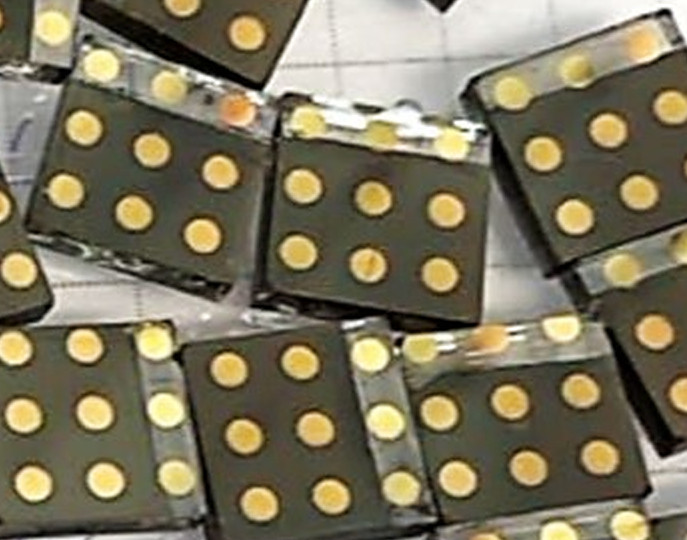Scientists from the Barcelona Institute of Science and Technology in Spain have developed a cadmium-free superstrate kesterite solar cell with a new approach for silver (Ag) refining.
“Kesterite is a PV material consisting of earth-abundant, non-toxic elements,” the research's corresponding author, Gerasimos Konstantatos, told pv magazine. “However, a technological bottleneck originated from the material defects, unstable interface, and toxic cadmium sulfide (CdS) buffer layer has to be overcome. In our work, we used a 200 nm ultrathin cadmium-free buffer layer made of titanium oxide (TiO2), inverted device stacks and, more importantly, silver refining. This refining step is beneficial in controllably promoting grain growth and improving carrier transport.”
The researchers built the cell with a kesterite substrate known as CAZTS, a tin oxide (FTO) substrate, an electron transport layer (ETL) based on titanium oxide (TiO2), and a precursor film made of PTB7 polymer, molybdenum trioxide (MoO3) and gold (Au). “Refining of Ag in the absorber was realized during the precursor film construction where an additional layer of copper-free solution was coated on top of the pristine precursor,” they explained.
The research team tested the cell under standard illumination conditions and found it achieved a power conversion efficiency of 9.7%, which it described as a new record for this type of device. The cell was also able to retain around 90% of its initial efficiency after 100 days without encapsulation. The academics said silver refining resulted in averagely doubled grain sizes, expanded depleted region width, and improved
transport kinetics, which in turn was responsible for increasing the cell's open-circuit voltage and fill factor.
“Estonian company Crystalsol Inc. recently fabricated flexible, light-weight, transparent, and low-cost solar modules,” Konstantatos said. “According to its report, the production cost of a kesterite module is around $0.35/W. Since kesterite only consists of earth-abundant elements, it does not have a fundamental limit to scale up to terawatt, rather than the scarcity of indium and gallium in copper, indium, gallium and selenium (CIGS) thin-film solar cells. In addition, given the current kesterite module efficiency is around 10%, which compares to about 20% for CIGS, further reduction of cost can be achieved with improved efficiency and mass production.”
They presented the device in the paper “Ag-Refined Kesterite in Superstrate Solar Cell Configuration with 9.7% Power Conversion Efficiency,” published in Advanced Functional Materials. “In this study, we introduced silver which is a rather expensive element, but with ultrathin absorber that is around 10 times thinner than conventional kesterite film, hence the resulting cost for material remained the same, which perseveres the low-cost advantage of pristine kesterite.”
This content is protected by copyright and may not be reused. If you want to cooperate with us and would like to reuse some of our content, please contact: editors@pv-magazine.com.




By submitting this form you agree to pv magazine using your data for the purposes of publishing your comment.
Your personal data will only be disclosed or otherwise transmitted to third parties for the purposes of spam filtering or if this is necessary for technical maintenance of the website. Any other transfer to third parties will not take place unless this is justified on the basis of applicable data protection regulations or if pv magazine is legally obliged to do so.
You may revoke this consent at any time with effect for the future, in which case your personal data will be deleted immediately. Otherwise, your data will be deleted if pv magazine has processed your request or the purpose of data storage is fulfilled.
Further information on data privacy can be found in our Data Protection Policy.